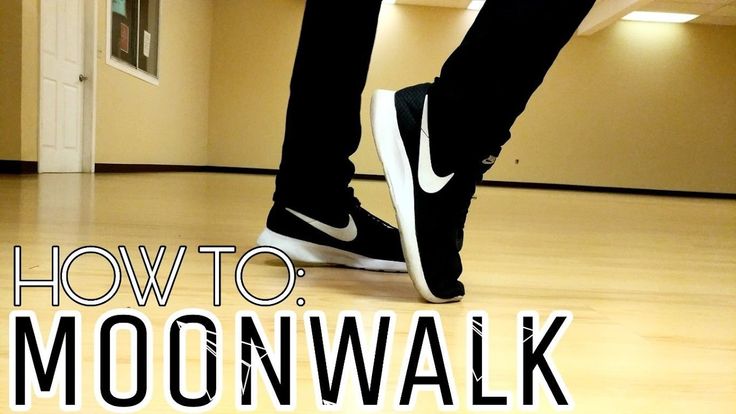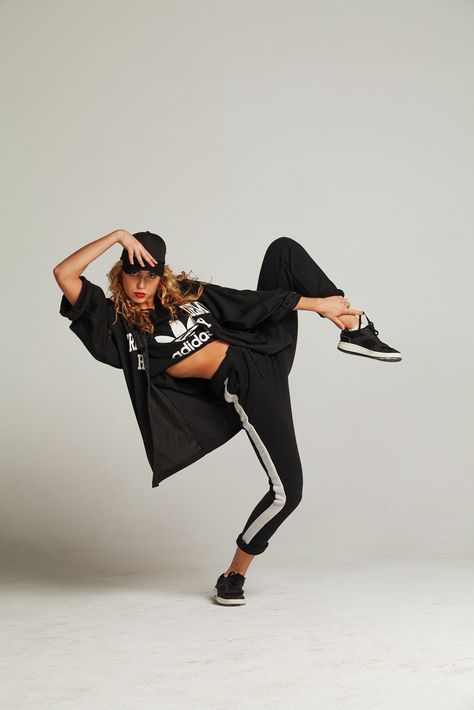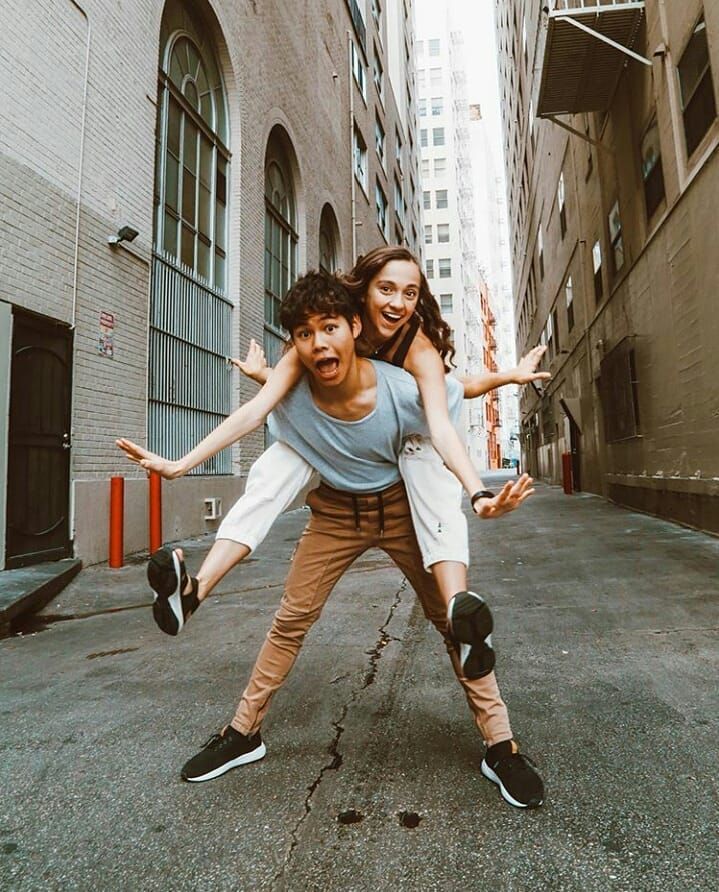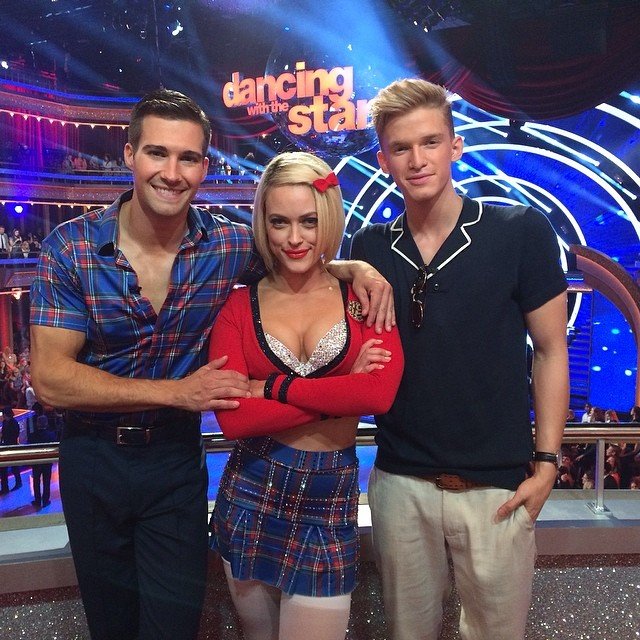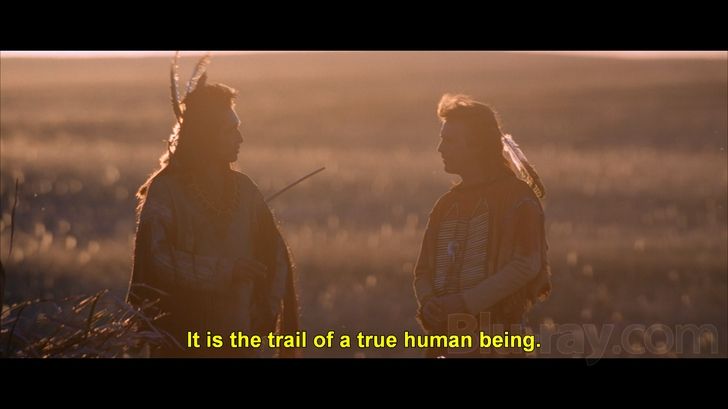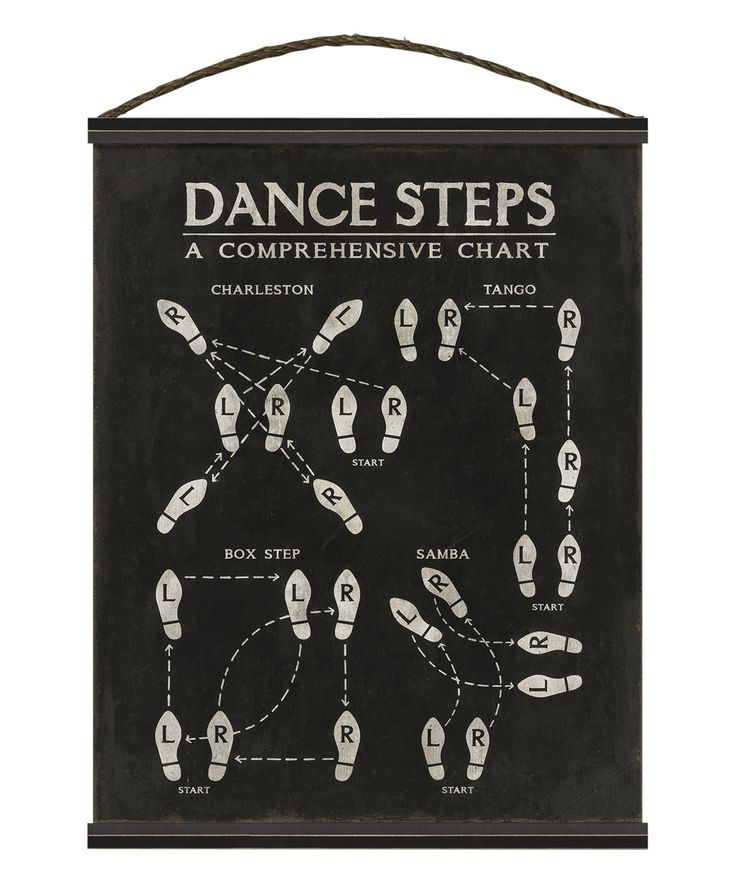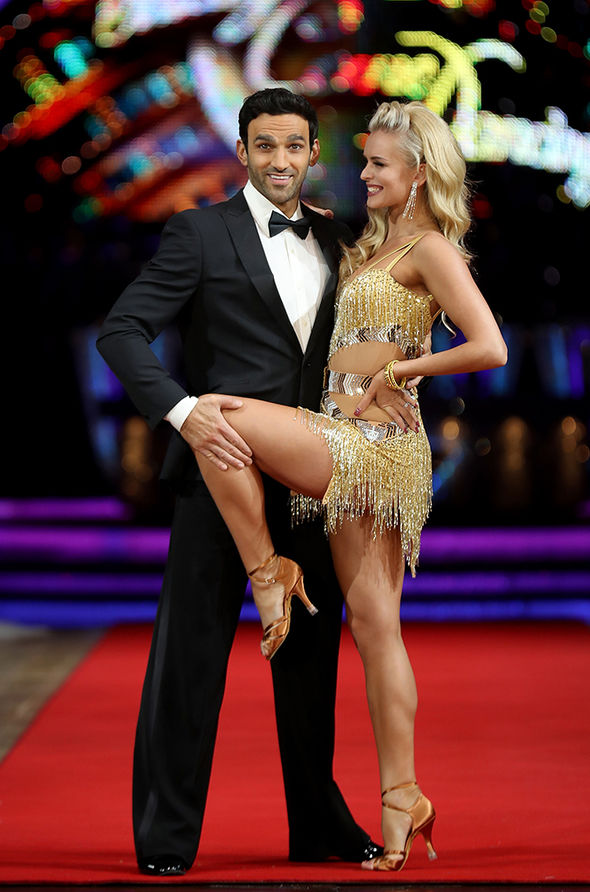How to learn easy dance steps
10 Basic Dance Moves Anyone Can Learn
Do you ever watch someone dance and wonder how they come up with moves so easily?
Great dancers often master a specific set of moves that they can fall back on again and again.
Read on for 10 basic dance moves you can learn in minutes and use every time you wanna dance.
P.S. You can learn all of these moves for FREE on STEEZY Studio! No cc required. 😉
1. The Two-Step
When I first started dancing at parties, the Two-Step was the first move that truly came naturally to me.
It really is as simple as stepping from side to side to the beat!
If you're looking for something foolproof that allows you to just groove and enjoy the music...
Boom. Here it is.
2. The Monestary
This move was born in a club called Monestary out in St. Louis!
It’s built on a Two-Step, so if you took that class, you’ve already got a foundation for the footwork.
But rather than bringing your feet together, you’ll tap them to the front with your knee and foot turned inward.
Then, as you tap the feet, you’ll move your arms and shoulders in a circular movement.
3. Booty Pop (Side To Side)
Like the Woah, this sexy move is super TikTok-friendly – but with more feminine energy.
To do a booty pop to the side, you’re gonna bend your knees, put your hands on one knee, and then bring the other leg from bent to straight while turning your knee inward.
If you’re a long-haired baddie, be sure to keep all your hair on one side so it doesn’t flop in your face as you pop!
Read this article on How To Dance Sexy to get more tips on pulling off moves like this one!
4. The Billy Bounce
Surprise – this club-ready move is built on… a bounce!
But what makes it unique is that your knees will come inward on each bounce rather than just up and down.
Once you’ve got the funky lil knee bounce down, you’ll add in an upward kick on each side.
The best thing about this move is that while the footwork takes a few minutes to learn, you don’t necessarily need to add an arm movement to make it look cool.
Just keep your arms front and center.
5. The Woah
Even if you’re not actively involved in the dance community, you’ve probably seen people hitting the Woah – on TikTok, Reels... all over your newsfeed!
Whether you wanna make a viral video of your own, or you’re just looking for a fun, basic dance move to pull out at the clerb, this one is too good not to learn.
Since the locking arm motion is so sharp and pronounced, use the Woah to accent the heaviest bass beats in your favorite songs.
6. The Dougie
Yes, the Dougie is a real dance move!
Like the Two-Step, you’ll be shifting your weight from side to side, but this time, adding some shoulder movements and a lil more attitude.
Try this one out to some songs other than the one that made it famous – you’ll find it works with any hype beat.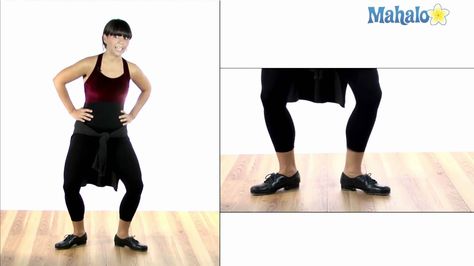
7. Scoop Arm Into Hip Sway
Sooo this one is more of combo than a move, but it only takes a few minutes to learn and it works with any fun sassy song…
So it deserves to be here, ok?!
For this move, you’re gonna scoop your arm across your chest, then bring it over your head, and finally point it in front of your chest.
Once you point the arm in front of you, you’ll sway your hips from side to side and groove it out.
8. The Bust Down
The Bust Down was popularized by LA rapper, Blueface, in his 2019 club jam “Thotiana”.
You’re gonna grab your belt, put one arm in the air, and allow your body to dip with the beat.
Note: Licking your eyebrows like Blueface is fun, but not required. 😛
9. The Biz Markie
The Biz Markie is an old school party dance inspired by, you guessed it, rapper Biz Markie!
It rose to popularity in the 90s, when Biz Markie himself began performing it on stage.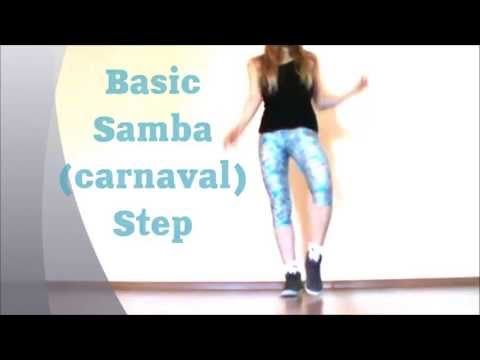
As you practice it, remember to allow your shoulders to bounce – the bounce is what gives this move its cool, laidback flavor.
Wanna learn more about classic Hip Hop moves? Read this: How To Dance Hip Hop for Beginners
10. The Humpty
For this bouncy move, you’re gonna circle your hips to one side as your bend your knees.
Then, you’ll jump and cross your legs, allowing your feet to tap the floor briefly before you jump back to your original legs apart position.
Once you’ve got that down, you can complete the move by adding in a windmill motion with your arms.
The leg cross in this move makes it perfect for any Hip Hop song that features a double bass (aka that BOOM BOOM sound that you hear in songs like “Lip Gloss” by Lil Mama)
We hope you enjoyed learning some of our favorite basic dance moves.
Of course, this list is just a start!
In addition to the 10 moves on this list, STEEZY Studio has 100+ other FREE beginner classes where you can learn step-by-step from the world’s best teachers.
What To Read Next:
30-Minute Dance Workouts That'll Trick You Into Becoming A Better Dancer
How To Learn Popping
How To Start Dancing Hip Hop For Beginners
How To Learn Dance At Home
5 Basic Dance Steps for Wedding that Everyone Should Know — Duet Dance Studio Chicago
Knowing some simple basic dance steps is helpful to anyone, whether you are preparing for a wedding, prom or social event. The tutorial videos below show you some of the most versatile basic dance steps for wedding. Instead of rocking side to side with your partner, impress your special someone with these simple yet fun dance steps at your next event!
1. The Side Basic
This basic dance step is easy to master and works great with 80% of the songs they play at weddings and parties. You can dance it slowly to slower songs or speed it up for songs with faster tempo. Not only can you dance this step with a partner, you can also use it as a solo dance move! The key is to dance to the beat and move your feet rhythmically. Practice this a lot until you don't have to think about it.
Not only can you dance this step with a partner, you can also use it as a solo dance move! The key is to dance to the beat and move your feet rhythmically. Practice this a lot until you don't have to think about it.
2. The Right Turn
Once you have mastered the side basic, you can surprise your partner with a simple right turn. This turn is an extension from the side basic. Footwork is the same for the leader. The key is to signal your partner at the right time and lead with confidence.
3. The Waltz Box Step
What do you do when a romantic waltz song comes on at a wedding? Learn this simple waltz box step and "sweep your partner off her feet!" Surprisingly, you might already know the wedding waltz basic. Remember the PE ballroom dance class you took way back when you were in grade school? Does the Box Step sound familiar to you? The waltz box step is one of the most versatile and most taught basic dance steps in partner dancing. Let's take a little refresher course on the box step here!
4.
 The Under Arm Turn
The Under Arm TurnOne of the most exciting things about partner dancing is that you get to turn your partner. And who doesn't like to turn? The Under Arm Turn we are showing you below is an extension from the Waltz Box. It's a graceful turn that will not only impress your partner but also the onlookers!
5. The Dip
Lastly, no dance is complete without a fancy dip! Many people are afraid of this move. In fact, it is a fairly safe move if you understand the correct posture and body positions for this pose. Watch this tutorial and learn to dip your partner safely and gracefully.
What is your favorite dance step for weddings? Please comment below. And if you'd like to learn more dance moves for your wedding, click the button below.
Online Wedding Dance Lessons
The Duet Team is a group of friendly dancers who are passionate about helping people and sharing the joy of ballroom dance. And we love to make new friends and have fun at work! Duet Dance Studio is located in Chicago West Bucktown.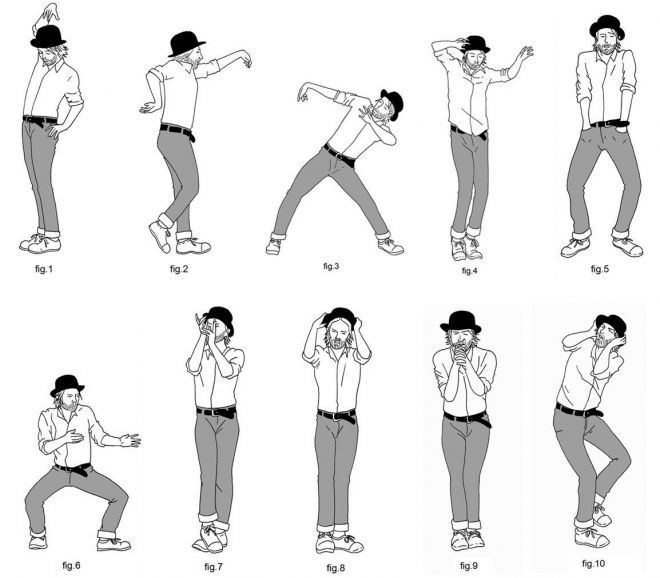 We offer ballroom dance lessons, wedding dance instruction and private dance parties. Online Wedding Dance Lessons and Skype dance lessons are also available! Dances we teach include Salsa, Swing, Tango, Bachata, Merengue, Waltz and Foxtrot. Sign up for an introductory dance lesson now to get started!
We offer ballroom dance lessons, wedding dance instruction and private dance parties. Online Wedding Dance Lessons and Skype dance lessons are also available! Dances we teach include Salsa, Swing, Tango, Bachata, Merengue, Waltz and Foxtrot. Sign up for an introductory dance lesson now to get started!
Szewai LeeComment
0 Likes 90,000 12 life hacks, to quickly learn how to dance from Mamita DanceDances
Author: Pavel Gather
Psychologist, Lecturer Salsa and Tango
Dances
Author: Pavel Pavel
Psychologist, Lecturer Salsa
on At the start, you always want to get a quick result. When it doesn't happen, the hypothesis arises that everything takes time. After a conditionally acceptable time, humility comes to mastering pair dances, which, perhaps, is not given, and I will just do what I learned somehow.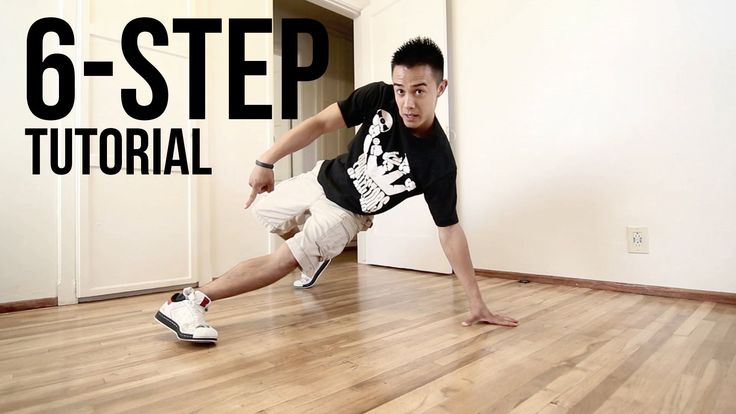
This is the most common story of those who believe that the mere act of attending a pair dance class is enough to learn how to dance.
Absolutely not. If you want to really dance well, you have to make an effort outside of the dance class. A good teacher will definitely be needed, but the initiative should be on your side.
1. Listen to music
The most common and accessible advice that is given already in the first lessons. And it definitely works. Music creates a certain atmosphere of the dance and intuitively you want to move to it. It doesn't matter where you listen to music - in the car, on headphones while walking or doing household chores.
An addition that will help you dance better is your active participation in the music. Sing along, dance or simply beat musical accents with any free parts of the body. In the subway, for example, it is enough to tap out bright moments with your fingers, in the car to sing along with sounds, and at home you can jump for pleasure.
2. Watch videos of good dancers
It's complicated, but also obvious. It’s more difficult, because without recommendations from more experienced dancers, unfortunately, it’s not so easy to find a good quality video on the net (I mean not the resolution quality, but the content itself).
Meaningful video viewing is about building an understanding of HOW dancers make a particular impression on a partner or viewer. Technology is at the heart of everything. Understanding how the pros do it is a big step forward.
It is important to distinguish a show from a disco dance, a staged performance from an improvisation, a stylized dance from an authentic one, etc. Ask for recommendations and dance teachers will always throw off a couple of videos of worthy landmarks.
Tango Z. Showreel.
Online modern tango courses
Tango nuevo is the most advanced version of tango. We can quickly learn to dance from zero to a steep level.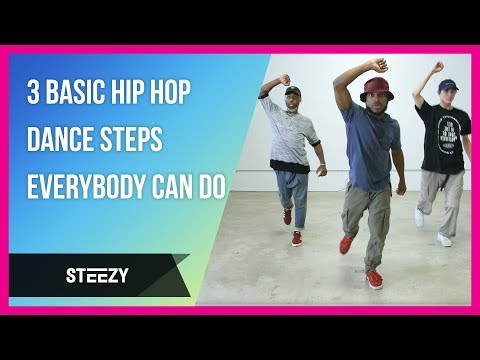
| View details |
3. Dance in salsatecas/milongas/discotheques
A very delicate moment when it is worth coming to the first party. From a technical point of view, most students in 1-3 months have a sufficient set of figures and techniques to come and dance calmly. Psychologically, the same moment can be stretched out for an indefinite time. After all, it is imperative to “not lose face”, “learn more figures” and be sure what to do in case “there is an unfamiliar movement”.
In fact, the partygoers don't really care (except for a small layer of non-professional teachers who want to help inexperienced dancers by treating them as customers in the future). It is important to come and try dancing after a month of classes. You can only with friends or guys from your group. This will be enough to feel the adrenaline and inspiration from the dance.
4. Dance with partners or partners not of your level
The conventional wisdom that you need to practice in groups of your level does not withstand the test of experience. Perhaps now your eyes widened in surprise, and you want to meaningfully read the phrase again. Yes, you saw everything correctly: when you dance with a partner of your level, you don’t grow anywhere.
Perhaps now your eyes widened in surprise, and you want to meaningfully read the phrase again. Yes, you saw everything correctly: when you dance with a partner of your level, you don’t grow anywhere.
It's important to understand that not only does it work one way and you have to dance with cooler dancers, but it works even more effectively the other way. It is no coincidence that teaching pair dances dramatically raises the level of the teacher himself. You have an endless stream of very beginner dancers.
How it works. A more experienced partner needs to be "stretched". It's easy and obvious. With beginners, you need to take more initiative on yourself, see the general pattern of the dance more widely, turn on and insure more, try to be an example and be more careful. The quality of interaction begins to grow significantly. And wonderful partners too.
Dancing with partners of your level doesn't make you grow. Dance with both beginners and more advanced dancers
Dominican Bachata Women's Style Online Course
Want to learn how to hypnotize those around you with the most appetizing part of your body? On the course we will tell you all the secrets.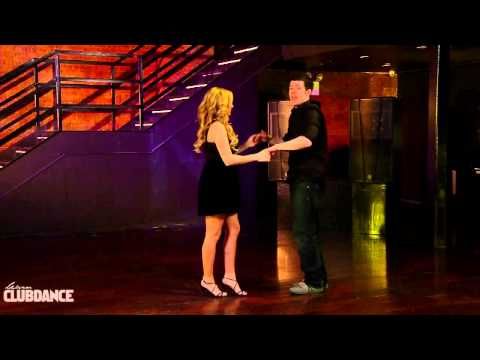
| Interesting |
5. Learn to dance for a partner and for a partner
Turks and Argentines are one of the best partners in the world. In Russia, partners are highly valued. Why? The answer is simple. In Argentina and Turkey, it is not questionable for men to ask another man to lead in one piece or another and give feedback on the quality of the lead. For them, it will be a great shame to hear moralizing from a partner, or even more so to be known in the community as an insecure partner.
In Russia, due to the constant, often far-fetched, opinion that there are more women in pair dances, partners calmly get up and study their partner's part. Such partners then grow into very cool dancers and teachers. In no case do this at parties, only in class. Here we are talking only about the learning strategy. At parties, be yourself.
6. Do not memorize the links
Always try to look deeper and understand the through principle and idea of movement.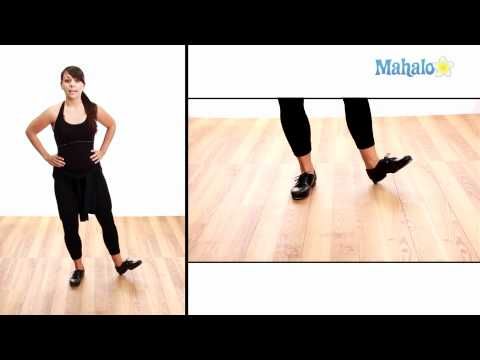 Understanding what and how is done will make it possible to independently generate any sequences and chips.
Understanding what and how is done will make it possible to independently generate any sequences and chips.
Human memory is limited and there will always be a moment when something will escape and your repertoire will be limited by the size of RAM.
In Argentine tango, for example, there are seven levels of movement construction that, when mastered, will allow you to make millions of combinations. And how many dance sequences can you really remember? In rueda, more than 150 figures dance in a rare circle. It's hard to keep more in mind.
7. Develop your body
Many years of experience in teaching couple dance shows that as soon as everyone pairs up in a class, any progress in individual style ends. But it is the individual style that distinguishes everyone at the disco: partners change, and style is always with you.
The body as the main instrument of dance must be very plastic, responsive and emotional. Surprisingly, not all pair dance schools have a general physical warm-up.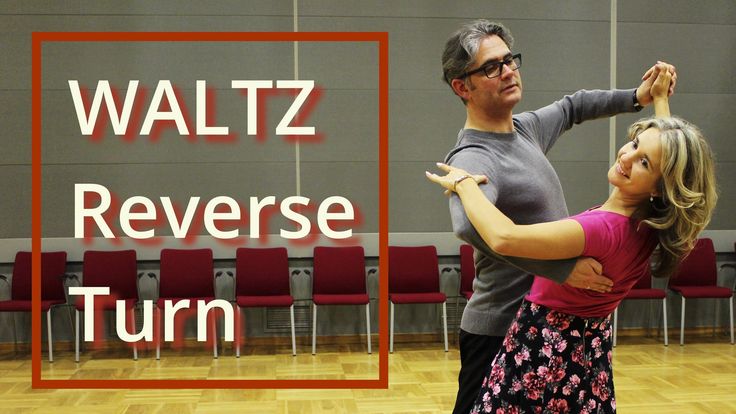 It is vital to tune the body and understand how it works.
It is vital to tune the body and understand how it works.
You can always train extra and concentrate more on the basic steps, as their true value is as body work. The sequence of steps is, in fact, the simplest thing that can be in pair dancing. The quality of individual performance determines the craftsmanship.
8. Try on the images of inspiring dancers
A psychological life hack for those who have already mastered the steps, but still feel that there is not enough brightness and drive. Most are terribly afraid of being someone else's "clone". Here the action is the same as under the influence of hypnosis - the more you resist, the more you plunge into an altered state of consciousness.
With a high degree of probability, you are already dancing like someone else's "clone". A meaningful fitting of someone else's image is that you mentally take the image of the one who inspires you (inspiration is critical in this case) and "put on" yourself. Then you start dancing and trying to feel in general how it is to be able, for example, to be the best partner or the sexiest partner in a disco. This is much more difficult than it seems. But it works extremely efficiently.
Then you start dancing and trying to feel in general how it is to be able, for example, to be the best partner or the sexiest partner in a disco. This is much more difficult than it seems. But it works extremely efficiently.
9. Dance to offbeat music
Habitual rhythms keep you tight. Tango salon or speedy timba leave little room for experimentation and fantasy. Pattern dancing is always noticeable and is reserved for beginners.
The truly new is born outside of the usual. Look for places to experiment. If there is no place, organize self-training. The main thing is not to get carried away, because music determines the style. We bring something new to pair dances, rather than trying to change them.
Search, improvise, don’t be afraid to go beyond, develop in different directions, be inspired by music atypical for the style
10. Try your hand at basic dance directions
dances exist according to their own non-choreographic laws.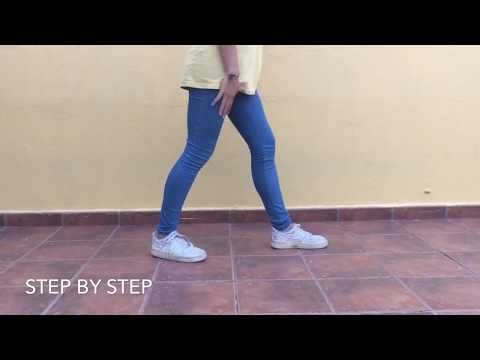
This is the deepest delusion, which has turned into a ceiling for the qualitative development of partner dances. After all, all professional dancers, for example, in salsa or bachata, build their ideas on the basic choreographic principles.
Do not think that choreography is only applicable on stage. Any meaningful movement of the body can be choreographic. In general, try classical or modern choreography. Basically, hip-hop can work too.
11. Look for battle sensations
Pair dances return us to an active position of manifestation of our body. As in the days of our ancient ancestors, we impress the members of the opposite sex by how dexterous, hardy, sexy, etc. we are. Modern laws of the jungle in the entourage of large cities.
If you look around the dance floor, it becomes clear that the majority are clearly herbivores (not in the sense of vegetarians, but in relation to those around them).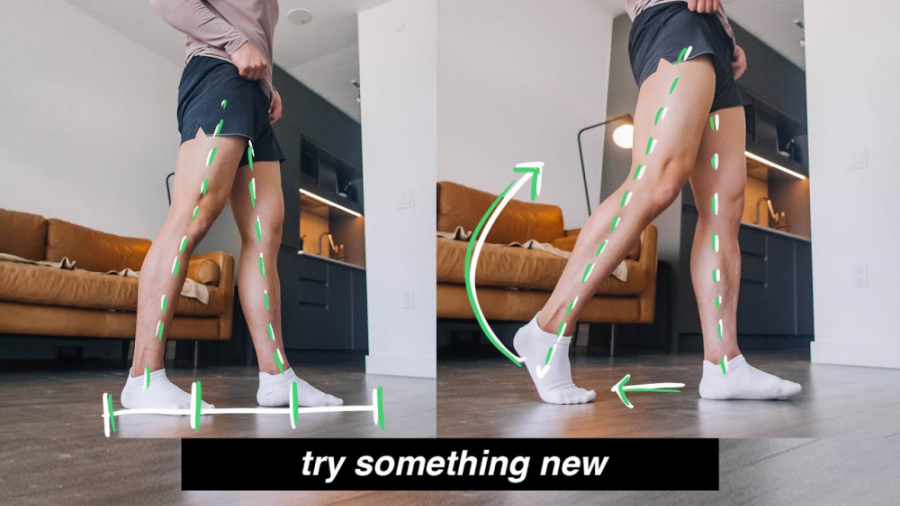 I am sure that predators are always more interesting in terms of the attractiveness of the image - try to find a counterbalance among herbivores, for example, a cat woman or a lion man.
I am sure that predators are always more interesting in terms of the attractiveness of the image - try to find a counterbalance among herbivores, for example, a cat woman or a lion man.
The conversation is about an internal position, not about aggressiveness. Lability and lack of control are inherent in adolescents, and not in adult self-sufficient people.
Accordingly, even a training or friendly battle gives, on the one hand, practical skills - to make a bright sequence of movements, bring an idea to a climax, show a spectacular feature, on the other hand, develops the psychological basis of the dance - self-confidence, resistance to extraneous attention, self-control and self-control in complex elements.
12. Communicate with professionals
The environment shapes the internal position. Basically, real passionaries of the dance community are ready to openly talk, discuss and support the development of dance in every possible way. Universal principles and the ideas they articulate have a much longer and more practical perspective than meets the eye.
Universal principles and the ideas they articulate have a much longer and more practical perspective than meets the eye.
Accept that, for example, behind the words "listen to your partner" is not only a beautiful metaphor, but also a practical skill to literally listen to your partner. At the same time, always treat every thought, even the most respected teacher, as a private opinion.
Your skill will lie in finding the scope of the idea even in conflicting opinions. Most often, the contradiction is speculative and the truth lies in the angle of perception or situationality.
Your dancing growth will stop sooner or later. This can happen at the level of three basic steps or years of experience in teaching and show performances. Regardless of your level, the suggested 12 life hacks can get you off the ground and greatly accelerate your dance growth. There is no way here without your motivation and activity. Take your dance development into your own hands. 9Ol000 Dangerous sexuality
Salsa: destroyers of stereotypes
Couple dancing as a source of strength.
Self-destruction of the couple dance community
The Salsa series as a mirror of the community
Mamita Fridays: salsa, bachata
Destroying the myths about leading pair dances
Does dancing make us better?
The seven deadly sins of teachers
Why we will never dance bachata like the Dominicans
Why tango?
Dispute over musicality
Selection of dances according to alcohol preferences
Where to find inspiration for dancing?
Terrible tango nuevo
Distribution of roles in a salsa party
Argentinean tango through the eyes of a salsa dancer
Is there a predisposition to dancing?
Which is more effective: individual or group lessons?
Sexual overtones in partner dancing
How to teach a child to dance at home
Dancing is a fun and positive activity that has absolutely no age restrictions. Already in the first year of their life, babies make their first dance movements to the music - they clap, squat, stomp their feet. As children grow older and develop motor skills, they are able to master more and more complex elements of dance, but for this they need the help and support of their parents.
As children grow older and develop motor skills, they are able to master more and more complex elements of dance, but for this they need the help and support of their parents.
We stimulate the desire to dance
Having noticed a preschooler's interest in dancing, mothers and fathers try to develop it and, as a rule, enroll the child in classes at dance studios. Moreover, many parents simply do not know how to teach their child to dance at home on their own, so they prefer to leave it in the hands of experienced coaches. Such a decision is logical and rational if you want to "grow" a professional dancer out of your baby. In most cases, namely for general development and just pleasure, classes with a child of 3-6 years old can be carried out at home.
Parents need to remember and understand that dance is, first of all, a way of self-expression. An impromptu free dance reflects the characteristics of a person’s character, his temperament. Each child dances in their own way: someone jumps rhythmically to the beat of the music, someone modestly shifts from foot to foot, and someone demonstrates original movements. The task of parents is not to "reshape" their baby's dance style, but to help him develop his potential and become liberated, if necessary.
The task of parents is not to "reshape" their baby's dance style, but to help him develop his potential and become liberated, if necessary.
Moms and dads do not need to schedule classes with their baby - the beauty of home dancing is that you can do it at any time. Heard a rhythmic song on the radio - dance, clean the house to the music - find time for dancing. With a child of 3-4 years old, it is not even necessary to learn specific dances, because. at this age, it is enough to simply develop general musicality, plasticity and a sense of rhythm.
It is very important to decide on the choice of musical material that stimulates the child's desire to dance. Watch the baby's reaction to individual songs - some compositions will make him feel sad, and some will lift him up and make him dance.
Easy to Hard
Preschoolers soak up information at an incredible rate, so don't be surprised if you see your toddler meticulously copying dance moves from a recent video clip.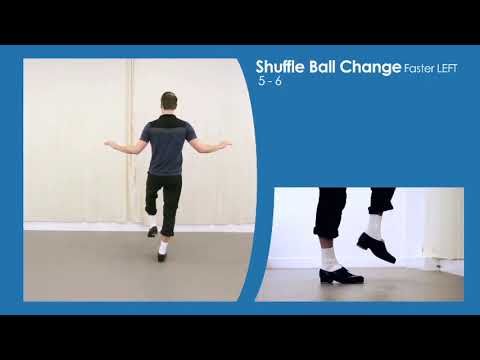 Children are open to new knowledge and skills, but it will take some time to master them. If a child fails to reproduce the dance he likes, it is necessary to support him and help him learn the movements. This should be done gradually, without pushing and, moreover, without criticizing the baby.
Children are open to new knowledge and skills, but it will take some time to master them. If a child fails to reproduce the dance he likes, it is necessary to support him and help him learn the movements. This should be done gradually, without pushing and, moreover, without criticizing the baby.
Some parents are in a hurry to choose the right dance style for their child right away. Moreover, the decisive factor is usually the personal preferences of mom and dad, and not the desire of the baby. It is important to understand here that dancing is creativity and a way of self-expression, so the right to choose still belongs to the child himself. Perhaps the kid does not want to limit himself to one style at all and dances, rather, for pleasure, and not to achieve a certain result.
The process of teaching a child to dance should be exciting, presented in a playful way. You can start with improvisations - just turn on the music, dance yourself and invite your baby to join you.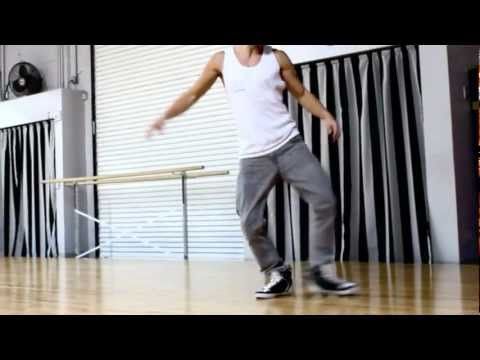 Already at this stage, it is possible to assess the general potential of a preschooler, as well as the degree of his enthusiasm and sense of rhythm. Gradually move on to learning easy dance moves:
Already at this stage, it is possible to assess the general potential of a preschooler, as well as the degree of his enthusiasm and sense of rhythm. Gradually move on to learning easy dance moves:
- turns;
- jumping;
- steps;
- handclaps;
- inflows;
- rocking from side to side.
For an adult, such elements seem very simple, but children aged 3-4 years have to work hard to perform them correctly. Be sure to demonstrate all the movements yourself and encourage the baby, even if he does not perform them quite confidently.
Gradually begin to "tie" the individual elements into a dance - combine them, using stomps and claps as transitions. Learning even such easy dances develops the attention, memory and coordination of the child, which is very important at preschool age. The main thing is not to get hung up on the quality of movements and let the baby enjoy the process.
And a few more tips for parents helping their child learn to dance:
- Encourage your child to dance .
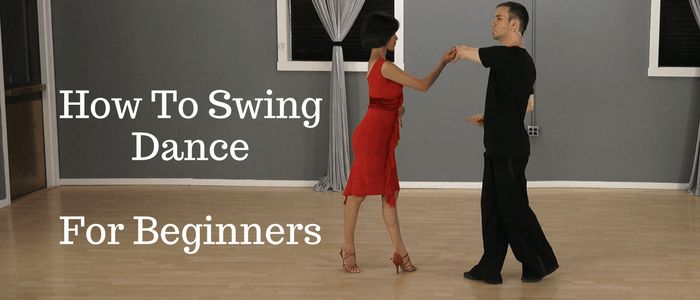 Give compliments, praise, but do not overdo it - a few words of praise will be enough to cheer up the baby.
Give compliments, praise, but do not overdo it - a few words of praise will be enough to cheer up the baby. - Choose dances that suit your child's temperament . It is difficult for active and restless children to concentrate while performing a waltz, and moving dances are not easy for calm and relaxed children.
- Instill a love for music . If a child likes music, then it will be easier for him to dance - a sense of rhythm and a musical mood greatly facilitate the learning process.
- Organize home discos. Some children, even having excellent dancing skills, are simply embarrassed to dance. In this case, they need to be helped to overcome their modesty, to become liberated. And you can do this with the help of home discos, where the baby will feel calmer and more confident.
Over time, parents will decide for themselves when to send their child to dances, and whether it is worth it at all. Perhaps the kid will not want to go to classes at the dance studio, but will be happy to dance at home when he hears his favorite song.